Title: The Evolution of Fiber-Optic Cable: Revolutionizing Business Communication Introduction: In today’s fast-paced business environment, efficient communication is key to gaining a competitive edge. The advent of fiber-optic cable has revolutionized the way businesses transmit data, offering unparalleled speed, reliability, and bandwidth capabilities. This article explores the importance of fiber-optic cable for businesses, its benefits, and the future outlook for this transformative technology. 1. Why Fiber-Optic Cable Matters: Fiber-optic cable is a network infrastructure that utilizes thin strands of glass or plastic to transmit data as pulses of light. Its significance lies in its superior features compared to traditional copper wiring. Unlike copper cables, fiber-optic cables transmit data at the speed of light, resulting in vastly improved data speeds and reduced latency. This enables businesses to transfer large volumes of data, such as video conferences, instantly, enhancing productivity and collaboration.
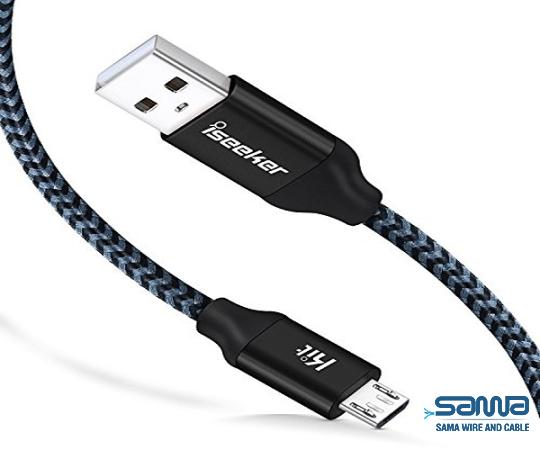
.
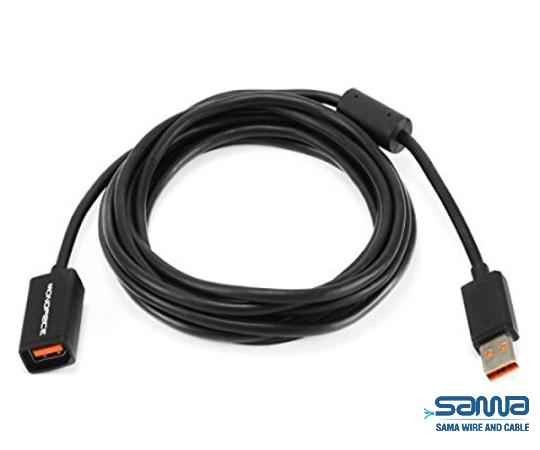 2. Enhanced Reliability: One of the biggest advantages of fiber-optic cable is its resistance to external interference and environmental factors. While copper cables are susceptible to electromagnetic interference, fiber-optic cables are immune to such disturbances. Moreover, they can withstand harsh weather conditions, making them more reliable. Businesses can rely on this technology to maintain uninterrupted connections, ensuring smooth operations and preventing costly downtime. 3. Expanded Bandwidth and Scalability: With the increasing demand for data-intensive applications, such as cloud computing and video streaming, businesses need a robust infrastructure that can handle massive data transmission. Fiber-optic cable meets this requirement remarkably well. It can support significantly higher bandwidths compared to traditional copper wiring, allowing businesses to accommodate growing data needs without compromising performance. This scalability ensures that businesses can adapt and evolve their communication infrastructure as they expand.
2. Enhanced Reliability: One of the biggest advantages of fiber-optic cable is its resistance to external interference and environmental factors. While copper cables are susceptible to electromagnetic interference, fiber-optic cables are immune to such disturbances. Moreover, they can withstand harsh weather conditions, making them more reliable. Businesses can rely on this technology to maintain uninterrupted connections, ensuring smooth operations and preventing costly downtime. 3. Expanded Bandwidth and Scalability: With the increasing demand for data-intensive applications, such as cloud computing and video streaming, businesses need a robust infrastructure that can handle massive data transmission. Fiber-optic cable meets this requirement remarkably well. It can support significantly higher bandwidths compared to traditional copper wiring, allowing businesses to accommodate growing data needs without compromising performance. This scalability ensures that businesses can adapt and evolve their communication infrastructure as they expand.
..
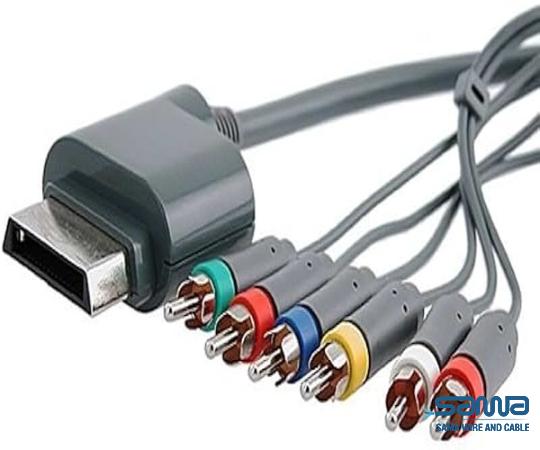 4. Future-Proofed Investment: Investing in fiber-optic cable is a forward-thinking decision. As technology rapidly advances, businesses need a communication infrastructure that can withstand future demands. Fiber-optic cable is the backbone of futuristic technologies like Internet of Things (IoT), Artificial Intelligence (AI), and 5G networks. Transitioning to fiber-optic infrastructure positions businesses for anticipated advancements, keeping them at the forefront of technological progress. 5. Cost Savings: While the upfront investment for fiber-optic cable installation may be higher than traditional copper solutions, the long-term cost savings justify the expenditure. Fiber-optic cables require less maintenance and suffer fewer disruptions than alternative options. Additionally, the superior performance and efficiency enable businesses to consolidate multiple connections into a single fiber-optic line, reducing operational costs.
4. Future-Proofed Investment: Investing in fiber-optic cable is a forward-thinking decision. As technology rapidly advances, businesses need a communication infrastructure that can withstand future demands. Fiber-optic cable is the backbone of futuristic technologies like Internet of Things (IoT), Artificial Intelligence (AI), and 5G networks. Transitioning to fiber-optic infrastructure positions businesses for anticipated advancements, keeping them at the forefront of technological progress. 5. Cost Savings: While the upfront investment for fiber-optic cable installation may be higher than traditional copper solutions, the long-term cost savings justify the expenditure. Fiber-optic cables require less maintenance and suffer fewer disruptions than alternative options. Additionally, the superior performance and efficiency enable businesses to consolidate multiple connections into a single fiber-optic line, reducing operational costs.
…
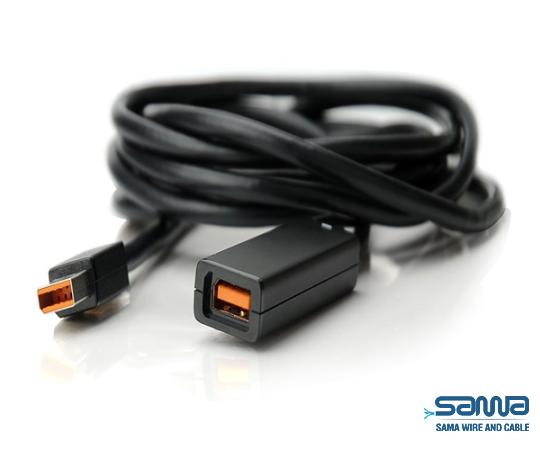 Over time, the reduced maintenance, fewer repairs, and greater efficiency of fiber-optic cable yield substantial financial benefits. Conclusion: To thrive in the digital era, businesses must prioritize communication infrastructure that can keep pace with their evolving needs. Fiber-optic cable represents the premium choice for data transmission, offering remarkable speed, reliability, and scalability. By embracing fiber-optic technology, businesses can unlock opportunities for growth, stay at the forefront of innovation, and set a solid foundation for future communication requirements. The time to invest in fiber-optic cable is now – the future of business communication depends on it.
Over time, the reduced maintenance, fewer repairs, and greater efficiency of fiber-optic cable yield substantial financial benefits. Conclusion: To thrive in the digital era, businesses must prioritize communication infrastructure that can keep pace with their evolving needs. Fiber-optic cable represents the premium choice for data transmission, offering remarkable speed, reliability, and scalability. By embracing fiber-optic technology, businesses can unlock opportunities for growth, stay at the forefront of innovation, and set a solid foundation for future communication requirements. The time to invest in fiber-optic cable is now – the future of business communication depends on it.
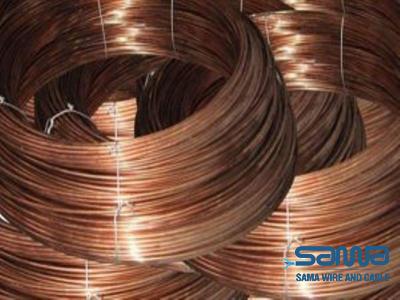
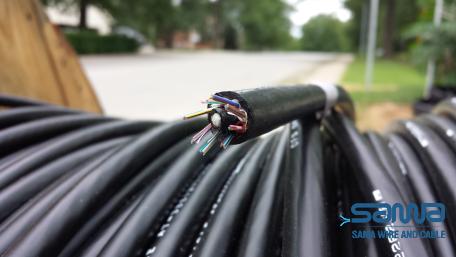
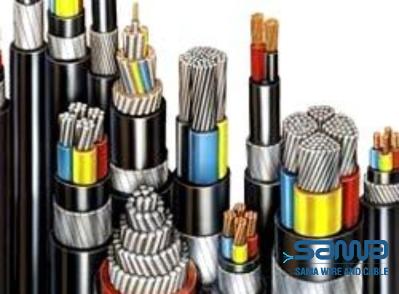
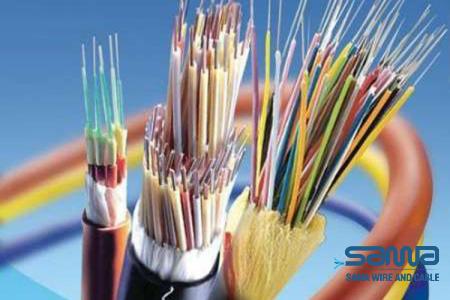
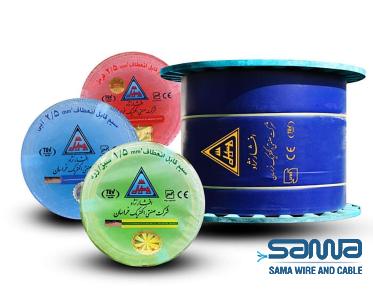
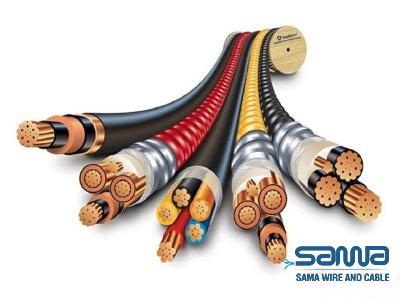
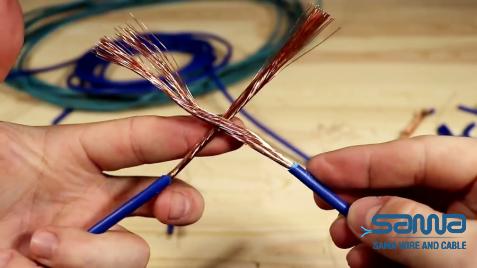
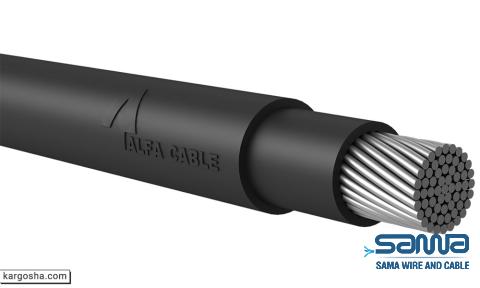
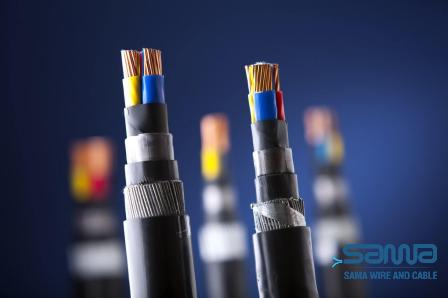
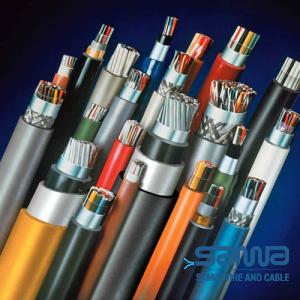
Your comment submitted.